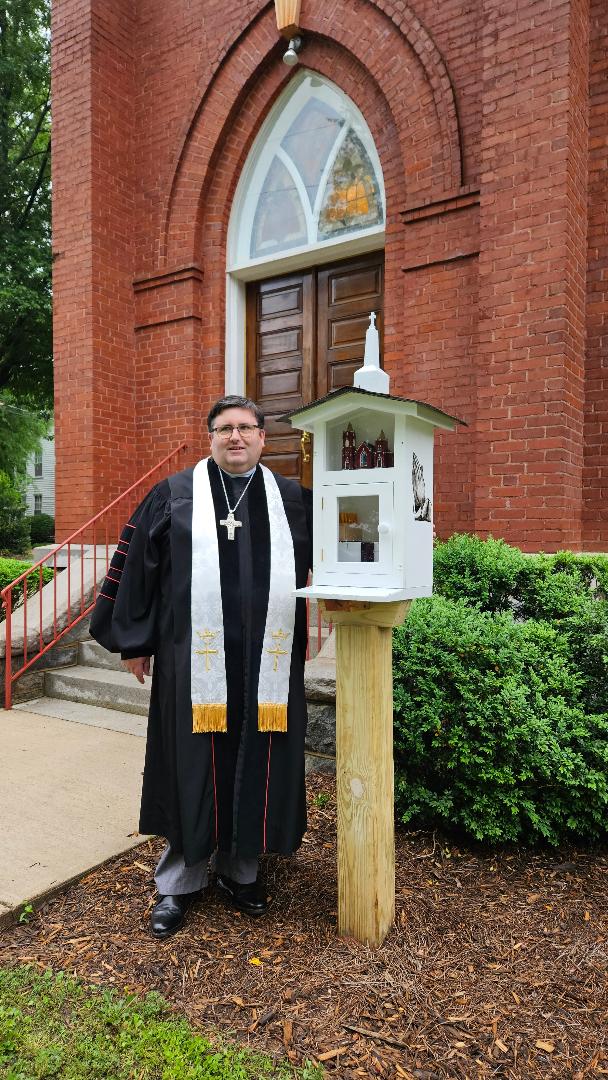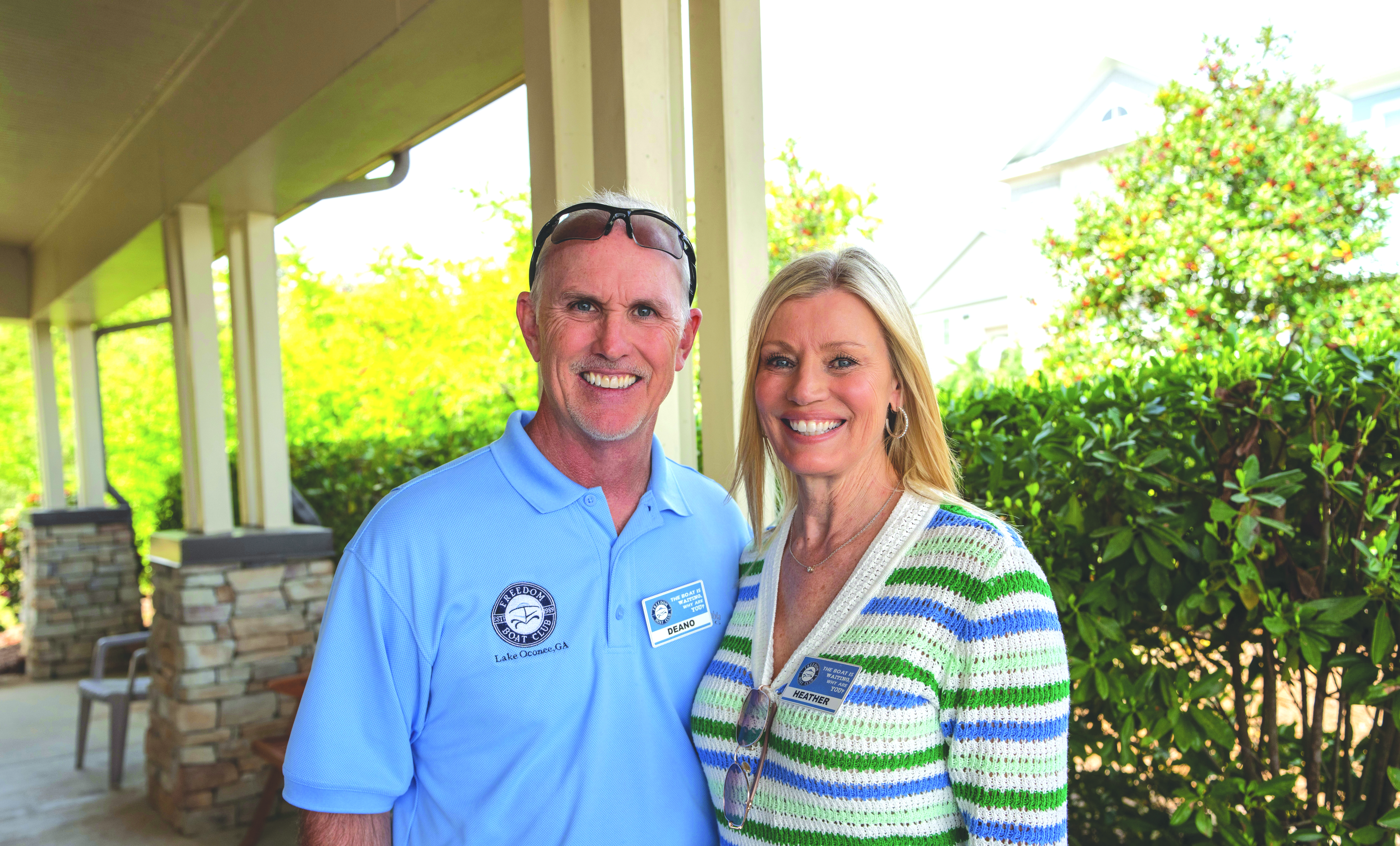OUTDOORS: Secrets of the fall fishing season – Part I
Published 12:38 pm Tuesday, October 27, 2020

- Bobby Peoples
The 2020-2021 firearms season for deer begins today, and I thought about writing this article about deer hunting but I decided to look at the secrets of fall fishing since it could end well before deer season ends. Knowing some of the secrets to catching fish during fall and how to approach both lakes Sinclair and Oconee in the fall can pay big dividends for the angler with some of the best fishing of the entire year. This week I will address the first two of five secrets to successful fall fishing.
The fall transitional period is brought on by cooler weather and cooler water temperatures and the fish instinctively know that winter and colder weather is on the way. Fall is just an absolutely beautiful time to be on the water and several species of fish in both lakes will willingly cooperate by jerking your line.
This period of change for the angler, for the water and for the fish will USUALLY kick into high gear in late September to early October. The daylight hours become shorter, early morning air temperatures begin to drop and then a drop occurs in the daytime air temperatures. The drop in air temperature will result in falling water temperatures and those falling water temperatures will the signal to the lake’s fish that change is on the way.
The overwhelming and number one secret to catching fish in Lake Oconee and Lake Sinclair during the fall surrounds one of its smallest inhabitants and that is the 1-3-inch threadfin shad. They have been growing all summer after hatching in the spring so many have grown to their maximum size now. Threadfin shad provide the greatest natural food source for game fish like largemouth bass, hybrid bass, striped bass, channel catfish and crappie in both lakes.
Those threadfin shad that have been dispersed over deep water in both lakes during the hot summer months will begin moving to shallower, well-oxygenated water and the game fish that are looking for an easy meal and a continuing supply of food will move to shallower water right along with the threadfin shad. So secret number one and the most important secret to successful fall fishing is anglers need to follow or locate the threadfin shad during fall to be successful.
The crappie have been offshore escaping the heat of summer but will again move back to shallower water brushpiles, points and docks where threadfin shad will congregate, the hybrid bass and striped bass will move to the creeks and coves to gorge themselves on threadfin shad that have moved there and the largemouth bass and channel catfish will also leave deep water and move to shallower water areas to feed on threadfin shad that are now abundant in those areas.
The feeding that will occur during this period of the year is often called the fall frenzy. This period will see most game fish move into shallower water for one last and extended feeding binge before the arrival of winter. Game fish will continue to feed but not as much during the dead of winter. They will use the fall feeding frenzy to fatten up for the winter months.
Striped/hybrid bass are largely an exception to the big move to shallower water. Not all shad move to shallower water and throughout the fall striped/hybrid bass can be found in large schools in deeper water feeding on shad. Striped/hybrid bass can be caught in shallower water during the fall and many are caught by crappie anglers in those locations. A large number of hybrid/striped bass will move from the main lake to large coves and creeks and their locations differ in Sinclair and Oconee.
The exact timing of this fall fishing period differs each year and the length of the period will vary depending on the water temperature and that is a second important secret to catching fish in the fall. Air temperature and water temperature will vary greatly during the fall so having a temperature gauge on your depth finder and paying attention by checking the water’s temperature is essential to knowing where the fish will be located during the fall.
The fall season can be broken down into three distinctive periods and those are early fall, mid-fall and late fall. The early fall represents the initial fall movement as the fish migrate back toward shallow water, the mid-fall period relates to the period when the fish are primarily shallow and feeding for an extended period and the late fall period when the fish begin their migration back to deeper water where they will stay during winter.
Water temperatures associated with each period are generally 75 to 80 degrees in early fall, 65 to 75 degrees in mid-fall and 55 to 65 degrees in late fall. The exact timing of each will depend on air temperatures and cold fronts but generally I would represent the early fall period with October, the mid-fall period with November and the late fall period with December. That is only a general observation and it is subject to change every year due to weather conditions. With recent high temperatures, we currently bouncing back and forth between the early fall and mid-fall seasons but cooler weather is on the horizon.
This is an unusual year for Lake Sinclair since the lake will drawdown right in the middle of the fall fishing period and that will test anglers’ ability to find a successful pattern as the lake drops. Next week, I will look at the remaining three secrets to successful fall fishing. Good fishing and see you next week.
—Outdoors columnist Bobby Peoples can be reached at brpeoples995@gmail.com.





